


A budget can determine how the IoT project will turn out. If you underestimate the cost, you risk running out of money mid-development. If you overestimate it, it might take longer to raise funds and delay the project start.
Here we explain what cost of the development process to expect, what factors influence the estimation, and share tips on how to stay within budget without compromising quality. Let’s dive in!
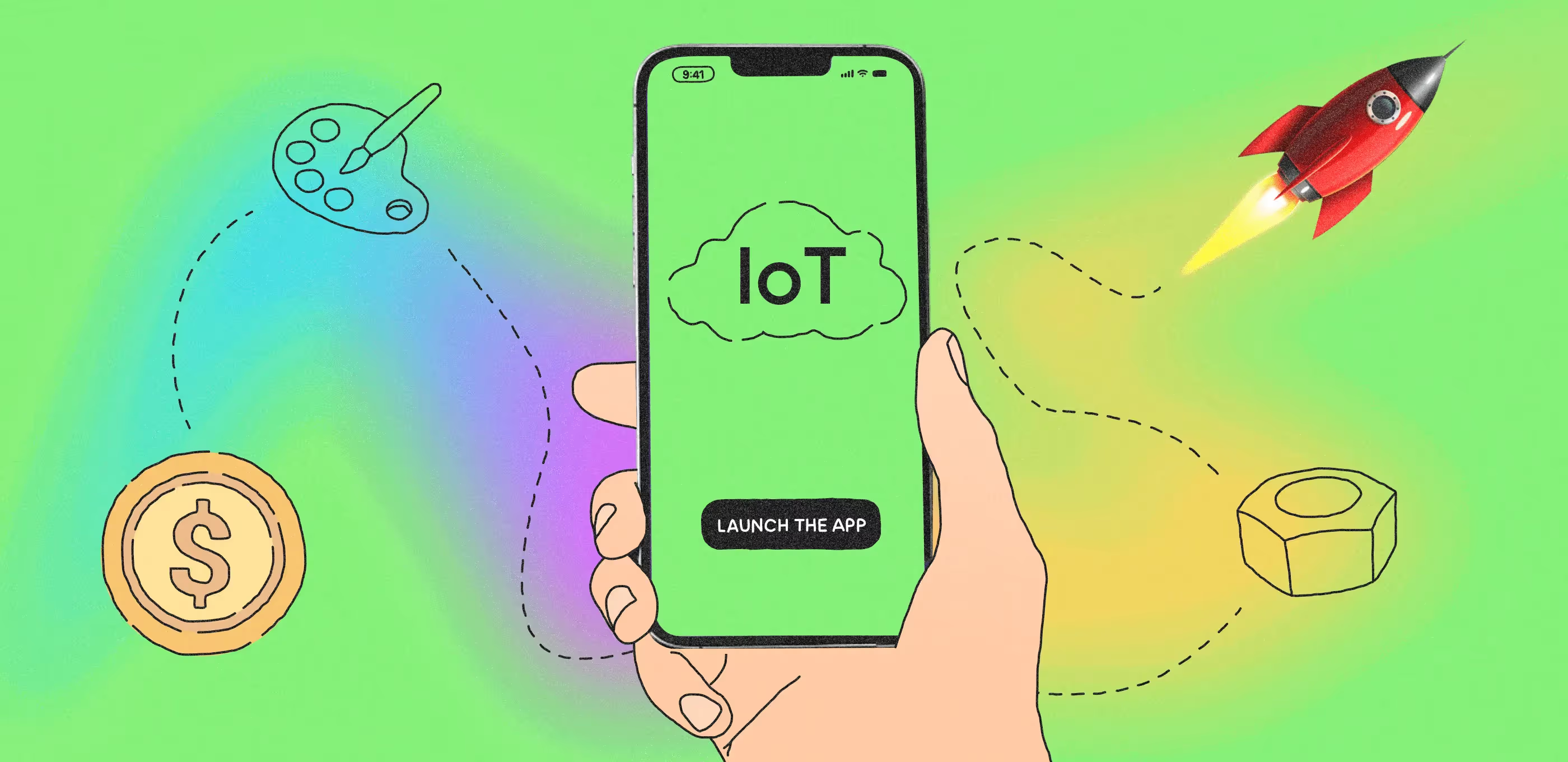
What is the cost of IoT development in 2025?
On average, app development costs typically range from $65,000 to $250,000. The exact price depends on the complexity and the features that you select for the IoT app.
What’s included in the cost:
The timeline of the IoT development depends on how many work hours and sprints developers need to take to finish coding and deploying the solution.
<div class="post_divider"></div>
⭐️ Our experience. Shockers
✅ Spent 56 hours on design and 432 hours on IoT app development
✅ Created 3 versions of an app for Windows, macOS, and Linux
Our client manufactures stun guns for police officers in multiple countries under three different brands. They came to us with a working prototype and requested that we build a modern desktop app for tracking gun discharges.
We took the prototype as a foundation but completely redesigned the UX and created separate UIs for each brand. Then, we developed the cross-platform IoT app using Electron.js to save time and budget. The app reads data from the stun gun chip via a wired connection and displays discharge details like time, duration, and power, in just a couple of clicks.
After the testing phase, the client launched the app, and now they’re preparing to release the first batch of compatible stun guns.

<div class="post_divider"></div>
The main reason why app development costs can vary so much is the complexity of the app. With the IT projects, developers usually use an hourly rate and estimate how long the job will take to calculate the budget. The more features you want to add, the more hours the developers need to code and test the functionality.
Simple IoT solutions usually include limited functionality. For example, they can use a couple of IoT devices or sensors located within the same network, sometimes even in the same room. These apps include a simple dashboard to display analytics highlights and have features like push notifications.
Examples: smart light controller or at-home temperature monitor
Cost: $35,00
Timeline: 2-3 months
A medium-level IoT project often supports dozens of devices and requires a cloud connection to sync data in real time. These apps include user roles, remote control features, and basic automation settings, like sending a notification when air quality is below the norm. There, you also find a more advanced dashboard with trends, usage stats, and system health indicators.
Examples: bus tracking app or an air quality monitor
Cost: $65,000
Timeline: 4-5 months
IoT solutions with complex architecture are built for large-scale use, like in gigantic warehouses, industrial manufacturing, healthcare systems, or smart cities. They manage hundreds or thousands of IoT devices across multiple locations and networks. For this level of development, you will need custom dashboards, alert systems, integrations with enterprise tools, and strict security and compliance with standards like HIPAA or ISO.
Examples: industrial equipment monitoring system, smart city infrastructure, or a remote patient monitoring system (RPM)
Cost: $120,000
Timeline: 6-7 months
Below, we explain how some factors play into your IoT software development cost.
The more features and screens your app needs, the more time and money it takes to build. A simple app that controls one smart light bulb is quick to develop. But if your system has to manage dozens of sensors in real time or track hundreds of employees at a factory, that’s always be more complex and expensive IoT development.
For some IoT solutions, it’s enough to be compatible with only one type of sensor, while others need to support wearables, home devices, and industrial machines. The more IoT devices you need to connect, the more time it takes to build and test integrations. For example, if your app needs to support both Apple Watch and Fitbit, each one has its own API and setup process, which adds to the total IoT app development cost.
<div class="post_divider"></div>
⭐️ Our experience. EnerGo
✅ 650 active renting stations
✅ Secured investment and a government contract
We know what it’s like to deal with device compatibility firsthand. Purrweb’s team worked on EnerGo, a mobile app for renting power banks at subway stations and public places in Moscow. The client brought the hardware from China, so key challenge was setting it up. This required reverse-engineering the firmware and configuring cloud-based communication, since the IoT stations worked with fixed IPs.
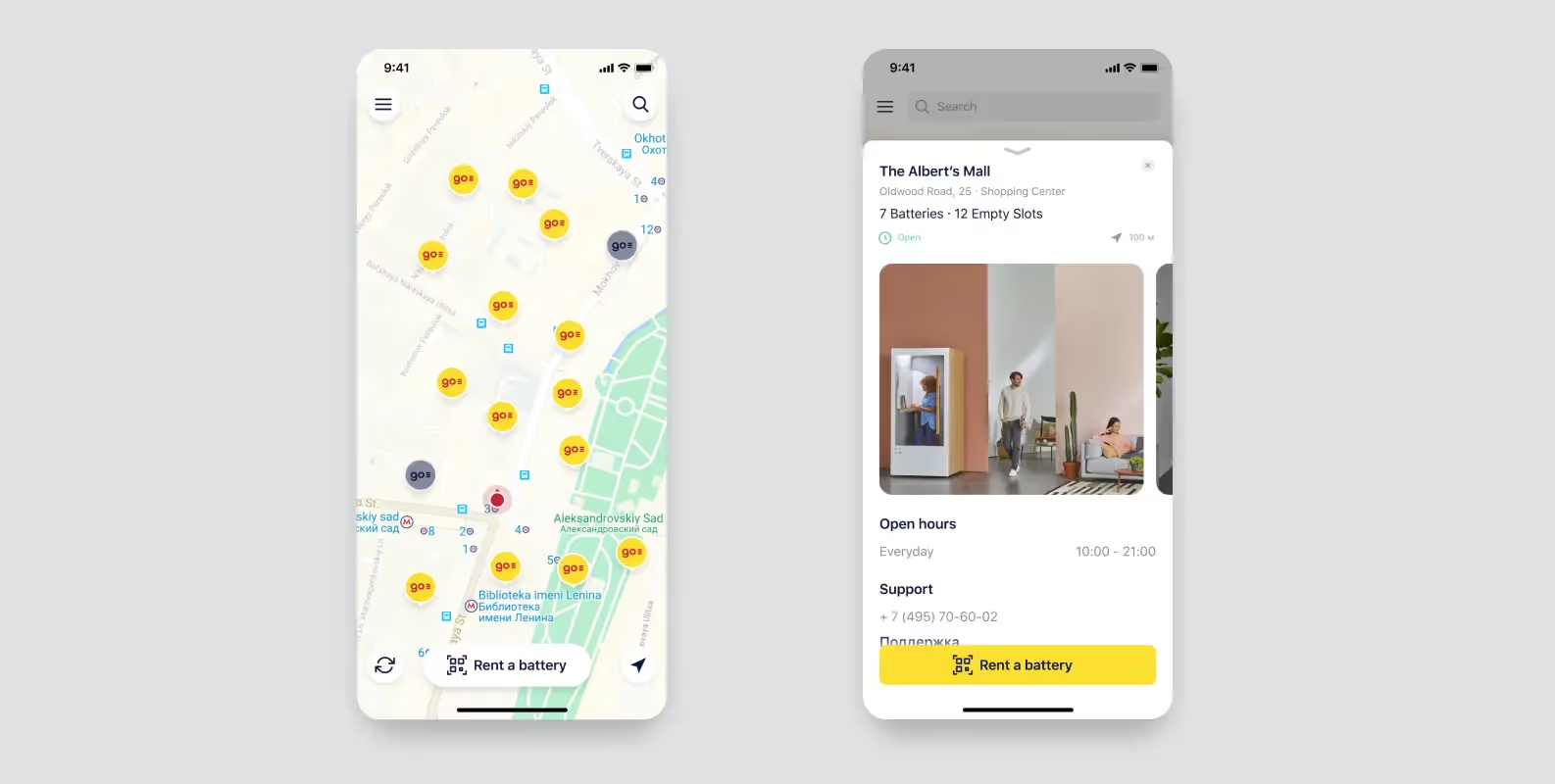
<div class="post_divider"></div>
No doubt that user experience, especially in healthcare, fintech, or enterprises, where any confusion or mistake can cost lots of money. But creating UI/UX takes time: designers need to create wireframes, test user flows, and build mobile-friendly layouts. If you want to level it up and add complex features like a fully branded interface with animations, it will drive up the IoT development costs.
Most IoT devices have to send data to the cloud, which means your app needs servers, storage, and a way to manage that data.
You also need to think about what happens when your app grows. A system built for 100 users will not work well for 100,000 unless it has a scalable architecture from the start.
Plus, you’ll need a cloud solution like AWS or Google Cloud to handle storage, backups, and performance. The more data your app processes, the higher the IoT app development costs.
IoT solutions collect sensitive data like users’ PII(personal identifiable information), health records, or real-time camera footage. To protect that information, developers must comply with the legal standards like HIPAA, but also add encryption, access controls, and secure login systems. These layers of security increase the total cost of IoT app development.
Where your team is located matters — the wages and living costs vary across the world, from $20 per hour in Hungary to $250 per hour in the United States. You can use a resource like Clutch.co to check the team’s hourly rate.

If you don’t account for hidden costs early on, you might run into delays or go over the project budget.
If your app works with hardware like IoT devices and sensors, it needs to pass safety and performance tests before you can use it. There are many aspects to consider here, like the fact that some devices are only certified in certain countries. If you're planning to launch in the U.S. and Europe, make sure the hardware is approved in both, otherwise, you have to wait or change plans.
The work doesn’t stop when your IoT app is live. After the release, you need to fix bugs as they appear, update features, support new devices, and comply with updated standards. Post-release support services are not part of the initial IoT app development cost, but you can always stay with the team that developed your solution and inquire with them about the price.
Here’s our estimated cost of post-launch support for an IoT app:
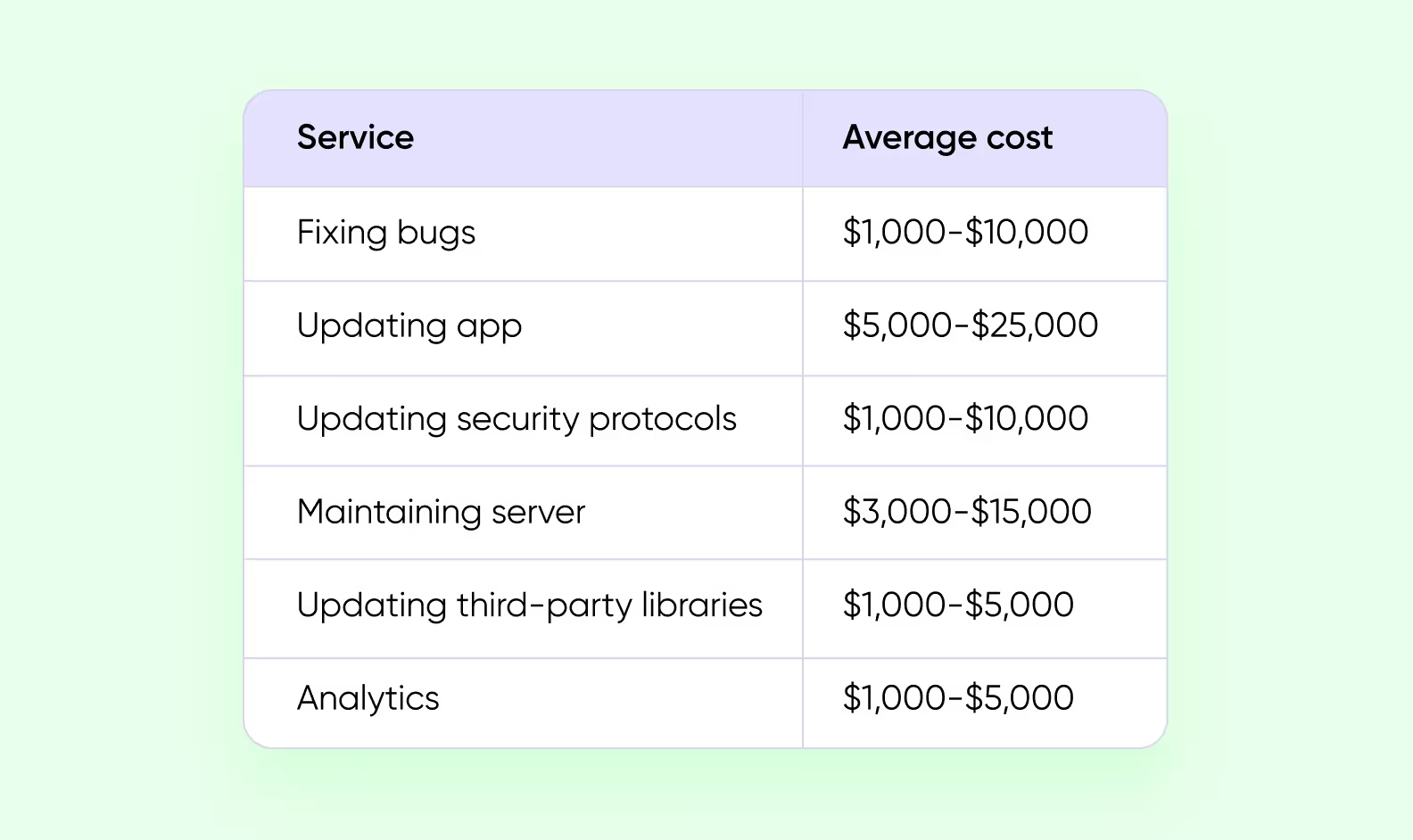
IoT solutions send and store data in the cloud, so you will need storage space and server power. The more data you track and the more users you have, the higher the IoT app development cost would be.
Not researching what legal standards are applicable to your product is an expensive mistake. If your app is used in healthcare, you need to follow HIPAA rules. If it’s used in Europe, you must meet GDPR standards. Security compliance takes a lot of time and research. If you don’t consider it early on in the IoT app development, later on, you might face fines and legal consequences.
There are several ways to tighten your budget and lower the IoT development cost. Here are a few ideas:
MVP, or a minimum viable product, is the basic version of your IoT project with just enough features to be tested by early customers. Founders use an MVP to test the idea, record the market demand, and find investments. Since MVP only includes must-have features, it takes less time and money to develop. Instead of investing in a fully fledged IoT development that might not get traction and waiting 7-10 months, you can have an MVP in just 4 months for half the price.
<div class="post_divider"></div>
⭐️ Our experience: KEM
✅ MVP raised $1 mln in seed funding
✅ 100k users
We developed KEM, a mobile P2P payment app, the first of its kind on the Kuwaiti market. The founders came to us for an MVP they could use to pitch banks and investors. We built the app with mock data, added core features like QR payments, PIN login, and group-based contacts, and delivered on a tight deadline.
With the MVP, the founders secured access to real banking APIs and raised $1 million in seed funding. KEM is now live with over 100,000 users and is preparing to expand to neighboring countries.
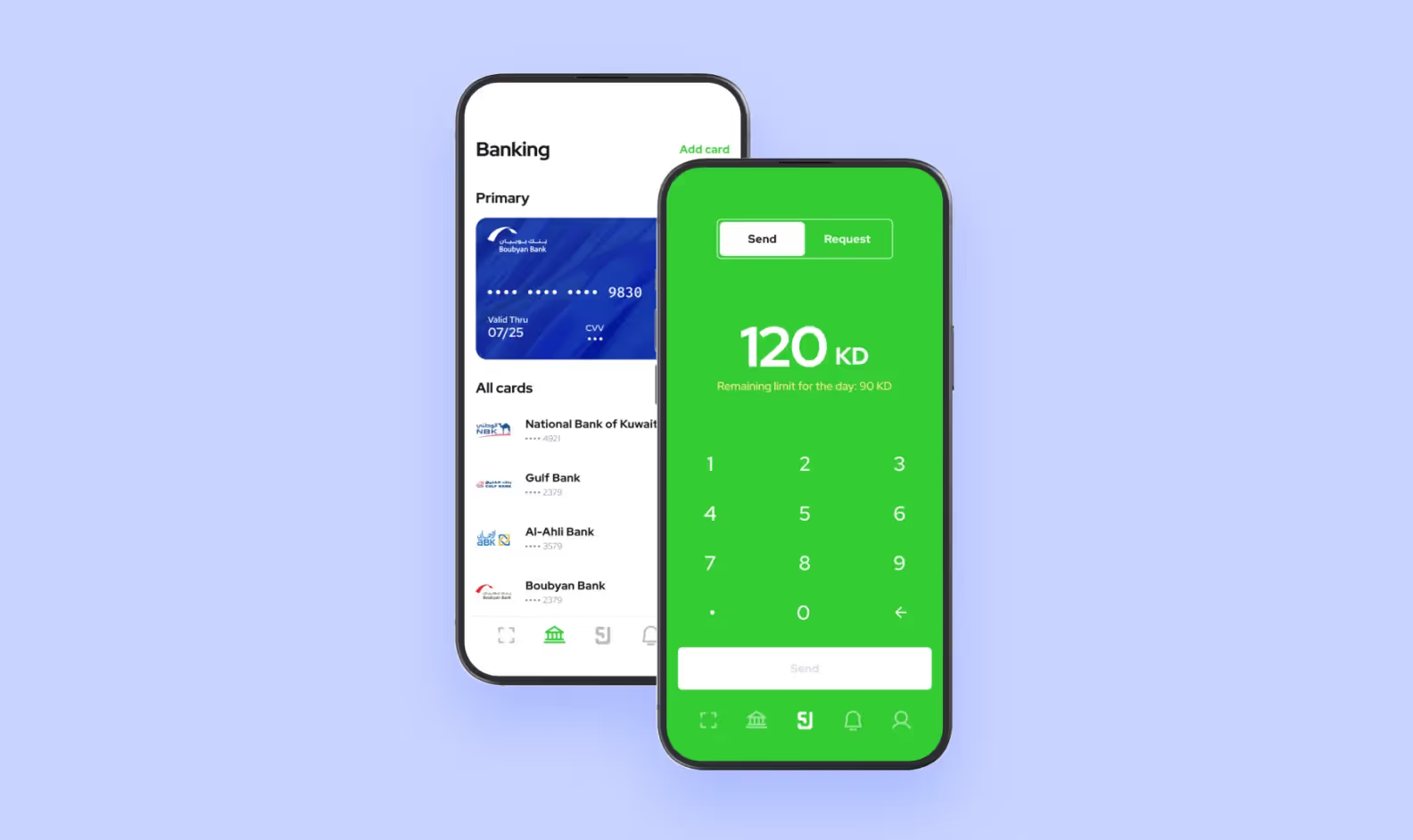
<div class="post_divider"></div>
Cross-platform frameworks like React Native or Flutter allow developers to reuse parts of a codebase for different versions of an app. Compared to native development, it reduces turnaround time and overall makes the development process smoother. Fewer hours = lower cost for the app, as simple as that.
If the goal is to launch fast and test out the idea, there's no need to spend time on intricate UI design elements. You can use UI component libraries that have a selection of pre-built, reusable elements like buttons, forms, and navigation menus to reduce development hours, cut IoT platform development costs, and focus on features that actually make your project stand out.
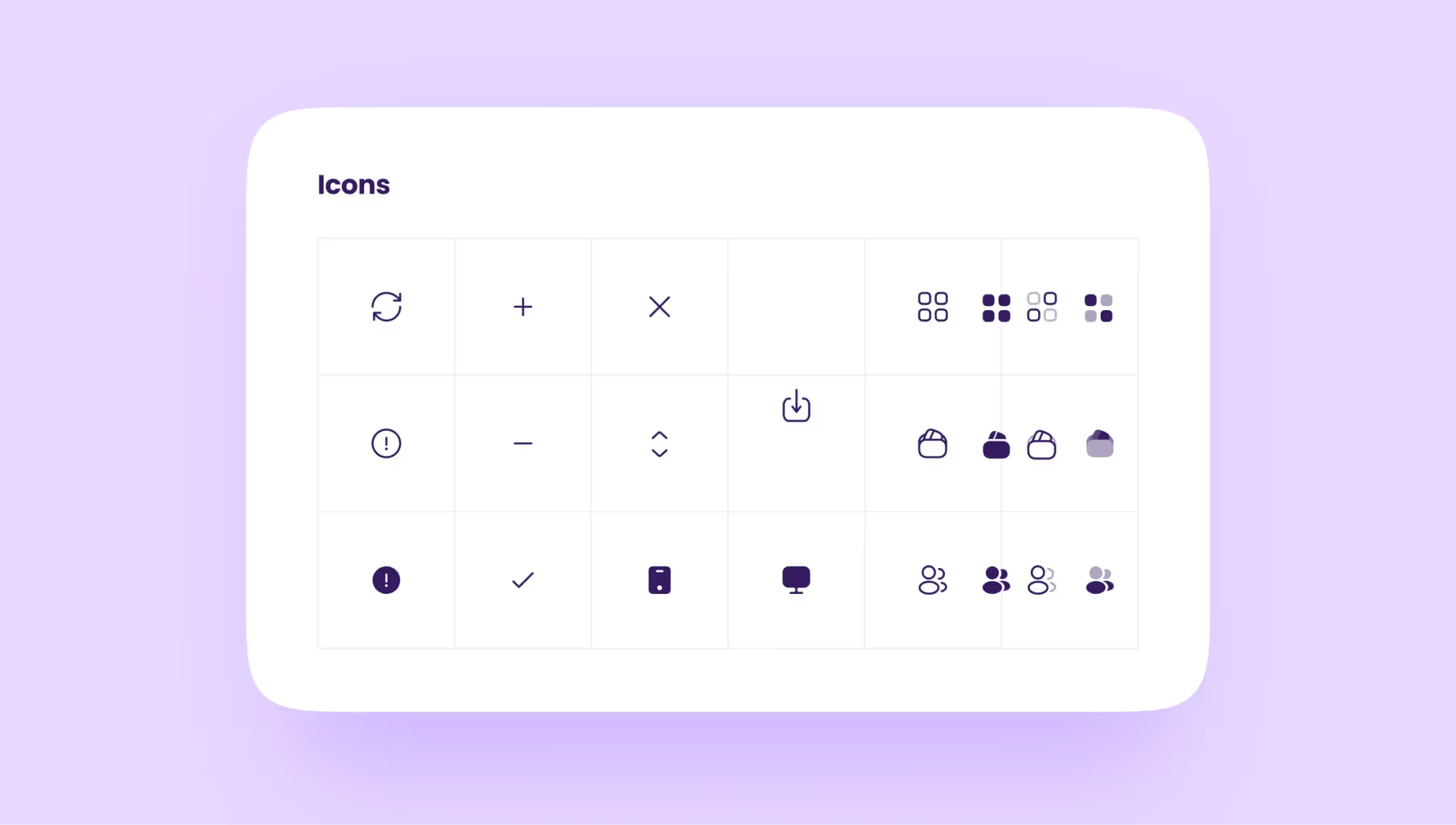
The worst thing about unexpected costs is that they hinder every single aspect of the development process. If you hit a snag and run out of budget, you may have to pause the work, search for new funding, and deal with shifting timelines and priorities. To avoid this issue, choose a team that offers transparent estimates and anticipates potential budget overruns.
The IoT market keeps expanding, and so do the expectations around its functionality, data accuracy, and system security. In 2025, we’re seeing 4 main trends that influence how IoT platforms are built.
It’s no secret that ChatGPT is everywhere and is used to help with even simple, everyday tasks. Artificial intelligence (AI) and machine learning have a great application in IoT development, too — these technologies can analyze information and automate tasks. For example, home sensors can measure room temperature, and if it gets to a certain point, AI can turn the AC on to cool the space down.
<div class="post_divider"></div>
⭐️ Our experience
The rising popularity of AI doesn’t mean everyone has to develop an AI-based app ASAP. After a discovery phase, we advised one of our clients against starting a project they wanted to because we didn’t see any demand.
The client came to us with an idea to create a dating app with an AI-based matching algorithm. We offered to conduct a business analysis to study the market and interview potential users. After our research, we found no demand for a dating service with artificial intelligence. The pain points that the product was supposed to address, according to the concept, simply did not exist for the audience.
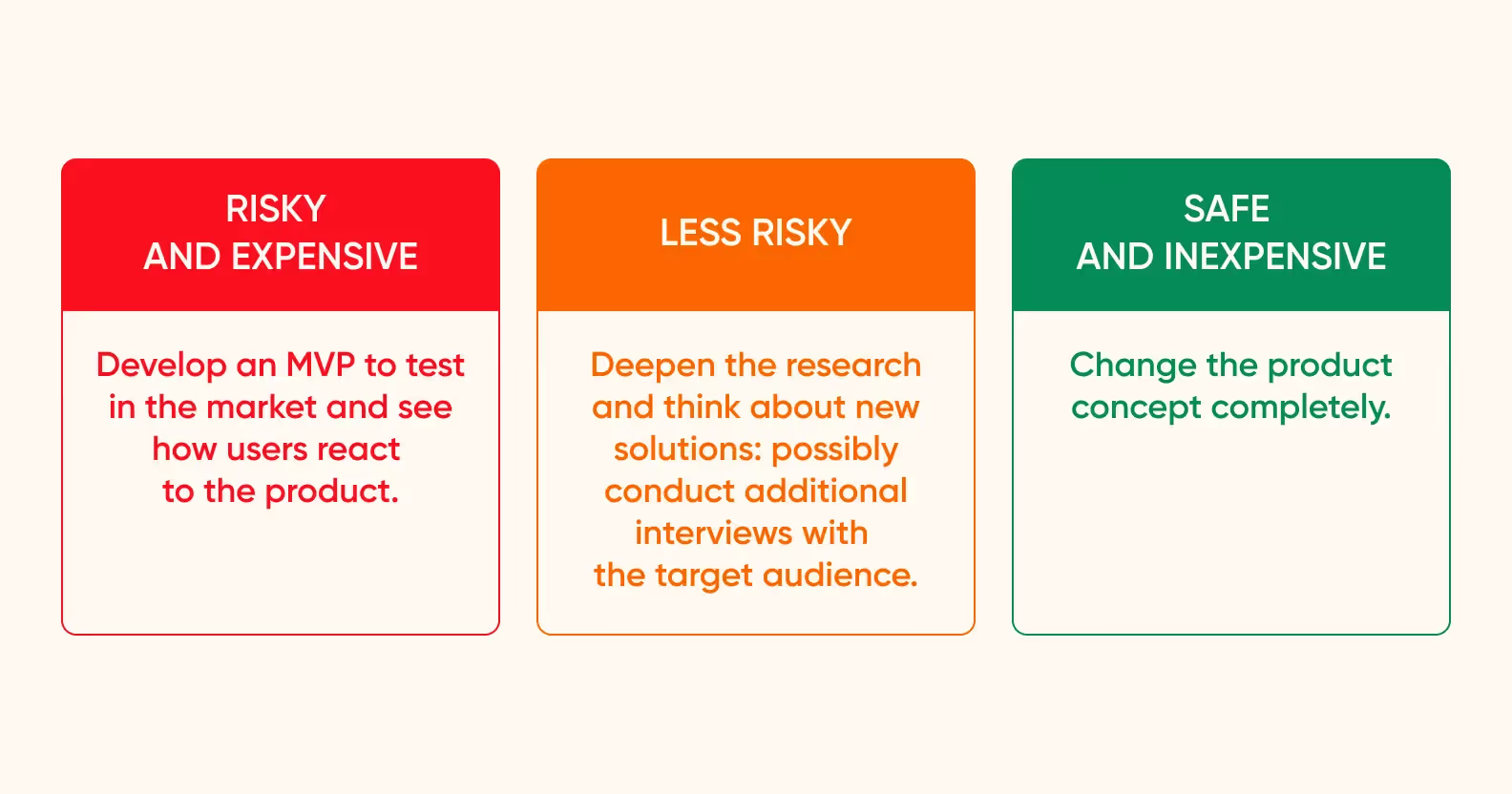
<div class="post_divider"></div>
Many companies use cloud storage to collect and keep user data. These cloud data centers are located miles away from actual businesses, so you need an internet connection to request and retrieve information. The thing is that internet connections aren’t always reliable.
If all company data is stored in the cloud and the internet is down, it might be difficult for an app to quickly access the necessary info. The edge computing tech is an alternative to cloud storage, which allows you to process some data from IoT devices locally and get responses faster.
More and more IoT solutions include wearable devices: smartwatches like Apple Watch, rings like OURA, and medical sensors. This trend is particularly common in the wellness and healthcare sector, where IoT analytics allow users to track their vital signs and manage chronic conditions.
However, wearables have a wider application; other industries can also benefit from the IoT security market. For example, large warehouses and manufacturing facilities use smartwatches to monitor where employees are and how they are doing physically.
Blockchain is a digital shared database that stores information about activities and updates on all devices at once. It's secure, hard to hack, and helps IoT devices exchange data safely without needing a centralized system.
Blockchain technology doesn’t let you edit any activity retroactively, so it essentially serves as a sign that the records are correct and tamper-proof.
There are many factors that come into determining the final IoT app development cost. From the number of features to the location of developers. No one will be able to name the exact price until they learn more about your idea.
At Purrweb, we offer a free quote for your IoT app. We have delivered over 550 successful projects in IoT, fintech, healthcare, logistics, and other niches. We’ll be happy to learn more about your business and assist with the development. <a class="blog-modal_opener">Fill in a form</a>, and we’ll get back to you in 48 hours.